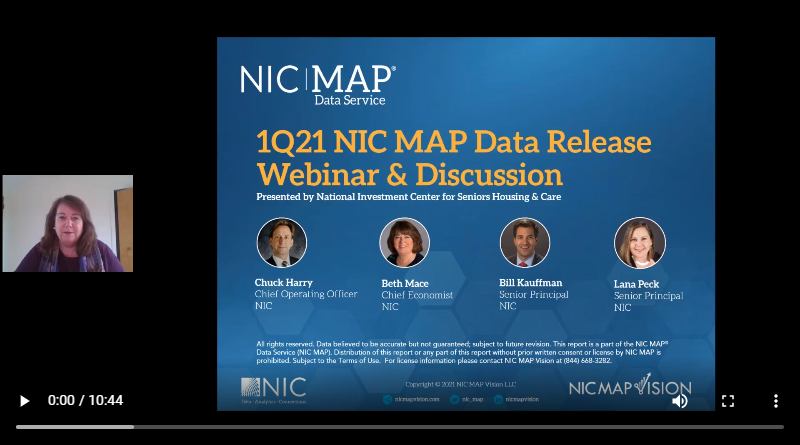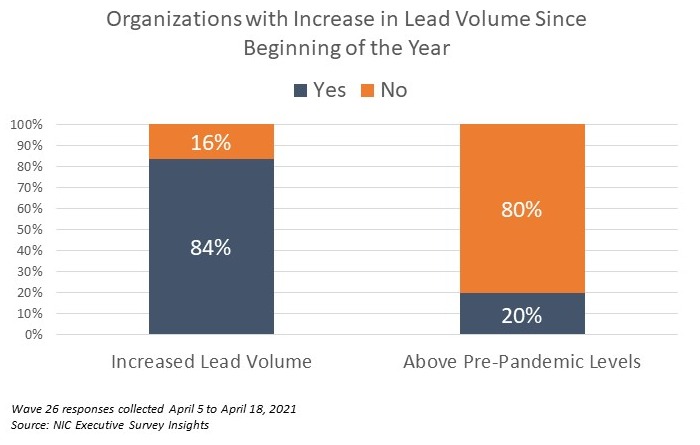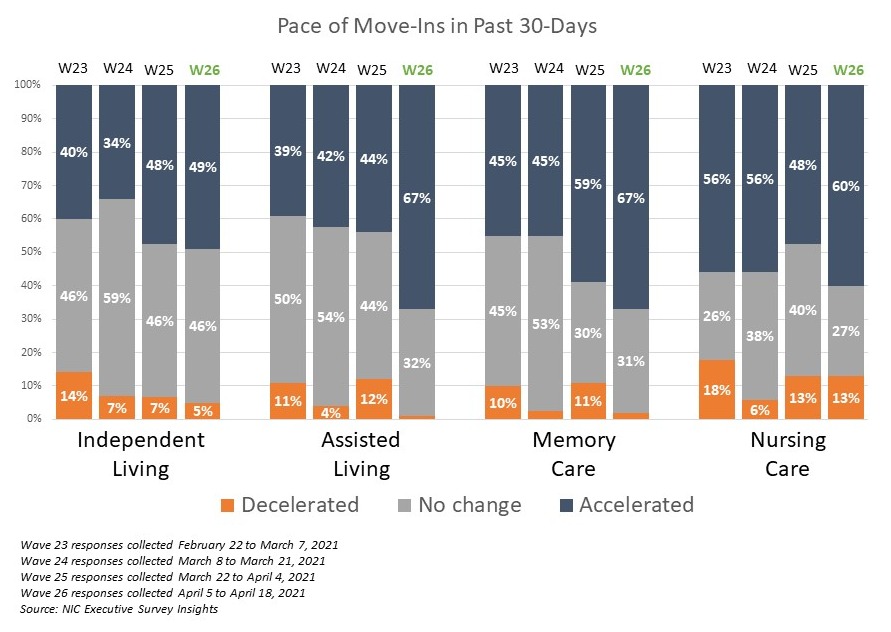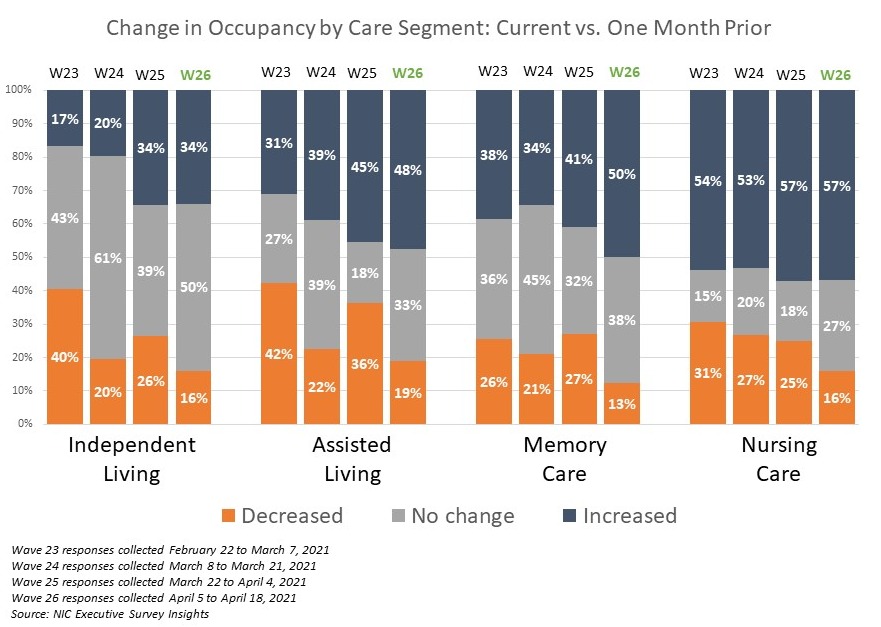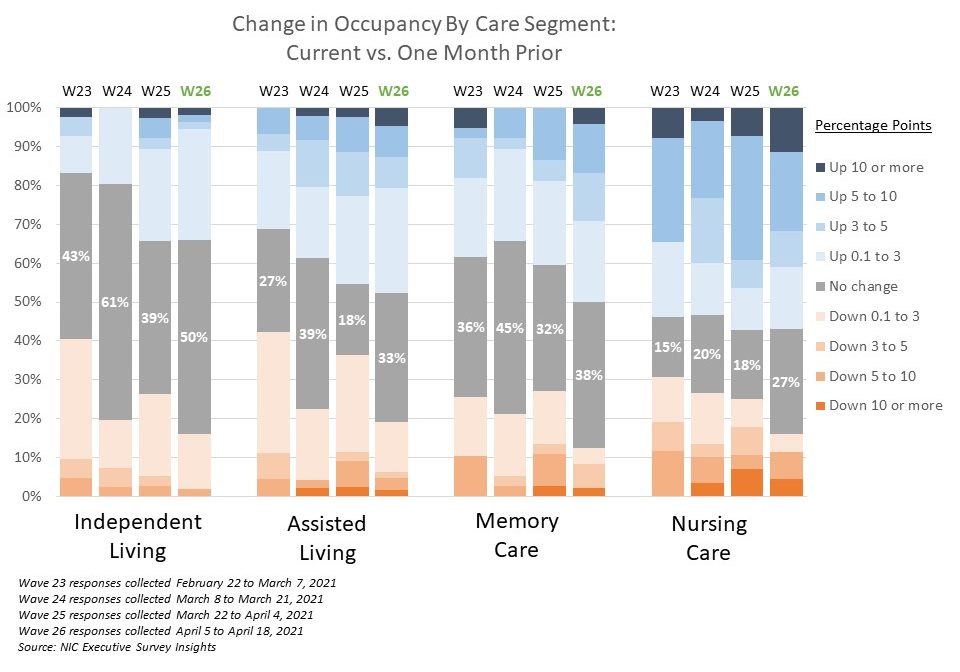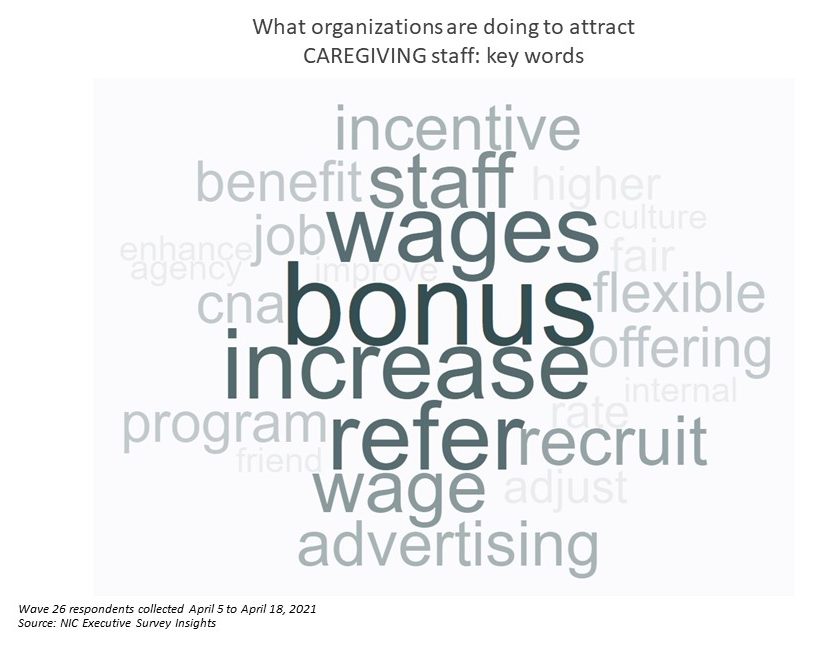Unprecedented change in healthcare has led to new expectations from payers, providers, and consumers. The latest NIC Leadership Huddle, titled “Telehealth’s Tipping Point: The New Norm in Care and How to Build for Success” brought together telemedicine experts to cut through the hype. Attendees benefitted from a substantive discussion on building the right-sized telehealth program; selecting relevant telehealth services; addressing staffing issues, and picking the right technology and business models, as the industry moves to kickstart or enhance telehealth programs as part of the new normal.

Moderator Ryan Brooks, Senior Principal, Healthcare, NIC, pointed out the timeliness of the discussion, saying, “The timing of this conversation really couldn’t be more appropriate. As we speak, the House Ways and Means Health Subcommittee is beginning their hearing, titled, ‘Charting the Path Forward for Telehealth,’ where they will be examining what needs to be done from the regulatory and legislative perspectives to sustain the current momentum of telehealth.”
Michael Kurliand, Director, Telehealth and Process Improvement, West Health, provided some context for the rise of telehealth in a brief presentation. He pointed to projected shortages of primary care physicians and specialists, as well as uncertainty on the numbers of nurses that will be available to serve the needs of what is already a quickly expanding population of seniors. In addition to these shortages, the numbers of unpaid caregivers is decreasing rapidly.
Kurliand also pointed to the extremely high cost of healthcare. Given the realities of COVID-19, telehealth, according to Kurliand, enables access to care for lower-acuity patients, who might otherwise defer care, and get sicker, out of fear of infection. Meanwhile, the technology is enabling physicians to use their medical offices to see only the higher-acuity, and more profitable, patients. Overall, he expects CMS to continue to support the technology, as it helps to deliver care while lowering costs and improving outcomes.
Before COVID, Kurliand, who has been in the telehealth industry for 25 years, pitched the many benefits of the technology, including access to care, timeliness of care, care coordination, and resident satisfaction. Post-COVID, however, according to Kurliand, the main driver of the growth of telehealth is safety.
Kurliand also highlighted the speed and intensity of the technology’s growth, going from 0.1% of Medicare beneficiaries using telehealth prior to the pandemic to 39% by November of 2020. Additionally, investment in health technology companies is on the rise, further fueling the development and improvement of the offerings that the technology is making possible.
Josh Hofmeyer, Senior Care Officer, Avera eCARE, provided some insight on how telehealth actually works. He emphasized that the technology offers many use-cases and should be matched to the gaps in care that occur within your organization, such as during transitions, which he said are a common area in which telehealth implementation can make a big difference in outcomes. Not every organization will have the same needs. “If you’re strictly doing psychiatry, that’ll only be video-to-video conversations, you don’t need the same type of setup as someone who’s looking for clinical support, that urgent care component,” he said.
Once you have selected your platform, according to Hofmeyer, its about looking at outcomes. He looks for improved transfer rates, reduced emergency room visits, rehospitalization rates, and increased ability to treat in place. He also pointed to increased length of stay and higher occupancy rates in nursing homes.
On that point, he said, “When I was managing assisted living, I cannot even count the number of times we didn’t have access to the clinical care we needed, so we’d transfer our resident to the hospital and the next thing we knew, they were going across town to a skilled nursing facility and we never saw them again. That’s very common because that’s the path of care that those people take. That’s not needed if we have the right access and the right things in place. We’re able to help stop some of that.”
Pam Ferris, President, and CEO, Seacrest Village offered an operator’s point of view. She provided her organization’s practical experience with new telehealth technologies implemented over the pandemic. While helpful, in Ferris’ experience, telehealth does not always eliminate the need for in-person visits with providers. It also required additional staff.
Overall, however, the experience was positive. “Right now, we’re just trying to get back to a sense of normalcy. We really do believe in telehealth and the benefits that will come from it. We just want to go back and really evaluate how it worked in various operations, and what would be the best way to go forward. It’s not a one-size-fits-all, as other panelists have mentioned, and it appears for us, at least, to have worked differently in different settings.”
Going forward, Ferris said she is likely to partner with a hospital system, which she believes already has the infrastructure and resources in place for the right telehealth program. She also expressed the hope that CMS and her state’s health department will continue to relax restrictions on telehealth, even as COVID becomes a thing of the past. For the moment, she said, “This is a great way to start, on one of the biggest game-changers in the way medicine is practiced, and how seniors will be served, in the years ahead.”
You can register to attend upcoming NIC Leadership Huddles, including both the live webinars as well as the optional, first come, first served participation in peer-to-peer discussions, within the Events tab on nic.org. Registrants are provided with a recording of the event, compliments of NIC and our generous sponsors and partners.

